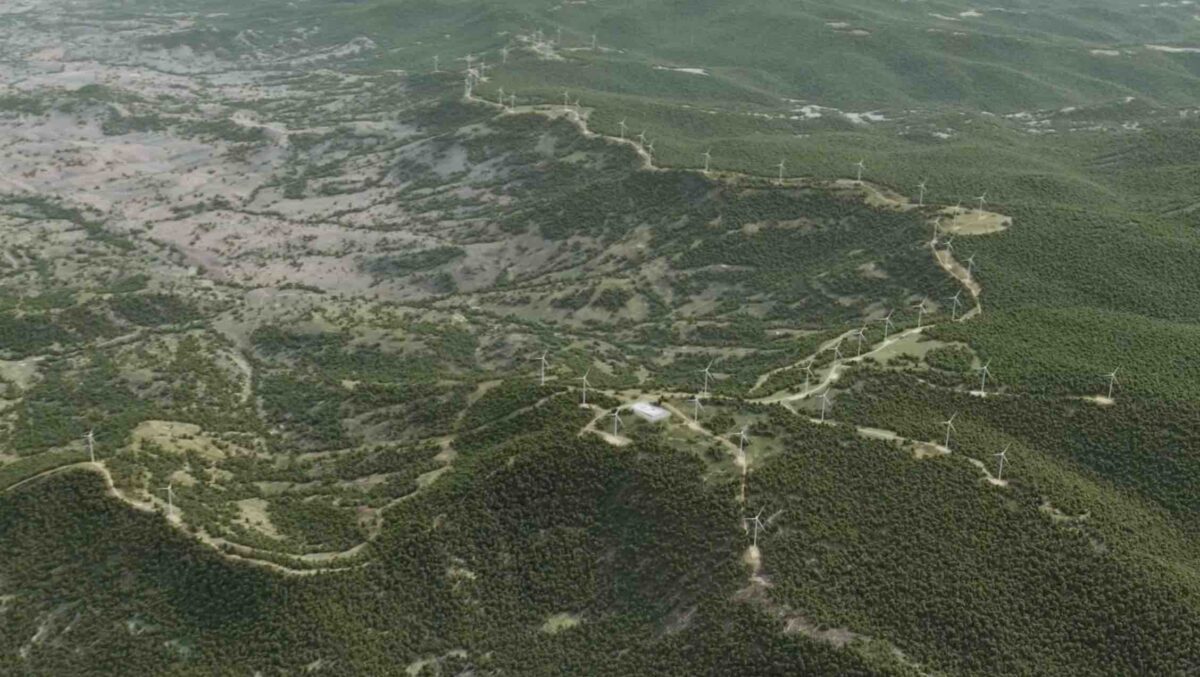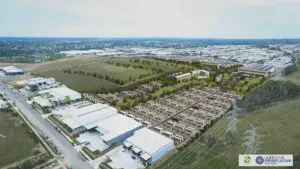The hotly contested – and now slimmed down – Hills of Gold wind project at Nundle in the New England region of NSW has taken a significant step forward, with the Department of Planning and Environment (DPE) recommending its approval.
Engie, the developer of the now 290MW wind project, which will also feature a big battery, says DPE approval has been received, although the project has also been referred to the Independent Planning Commission, which will hand down a decision by next March.
The Hills of Gold project has been the subject of noisy opposition, becoming the subject of the “Not in Nundle” campaign that has made the project something of a test case for the anti-renewable movement that has been led, in part, by local Nationals MP Barnaby Joyce. But many locals have also supported the project.
If Hills of Gold is approved next year by the IPC, it will be only the second wind project to get planning approval in NSW in the last five years, a situation that has left the state potentially short of needed wind capacity as it seeks to replace its ageing coal fleet over the next decade.
Clean energy investors have expressed concern about the slow pace of planning approvals for new renewable and storage projects, particularly on wind projects. There are also concerns about proposed new planning guidelines that some fear will impede many projects.
See: “A decade is far too long:” Major investors slam planning delays in NSW
New England has also been a centre for opposition, despite or because of the fact that it is designated as one of five renewable energy zones with the potential for 8GW or more of new projects.
Earlier this week, the IPC said it had granted approval to a new solar farm and big battery south-east of Armidale, while another solar project in the area, the New England solar farm, reached full output and started running the first of what will be up to 6,000 merino sheep at the site.
In a statement, Engie said the Hills of Gold project would now feature 47 turbines, down from a previous number of 65 submitted to the EIS, and less than half of the 97 that were originally proposed.
The capacity of the proposed wind farm is now described as up to 290 MW, down from the most recent iteration of up to 420 MW.
Engie said the DPE approval was based on the site’s high quality wind resource and its ability to connect to existing transmission infrastructure, which would allow Hills of Gold to be developed before other projects depending on new transmission lines. It expects to begin construction in 2025.
“This is an exciting day for this project, which will deliver additional renewable energy capacity into the national grid, while also providing social and economic benefits to the Nundle, Hanging Rock, Wallabadah and Crawney communities,” Engie’s head of delivery and engineering, Leigh Newbery, said in a statement.
“Engie has been overwhelmed by the continued support of many of the community members for the Hills of Gold Wind Farm. We thank the community for engaging with both Engie and the approving authorities, which has led us to DPE’s recommendation for approval.
“We’re well advanced on taking this project from the drawing board to development and look forward to continuing to build our relationship with the Nundle community.”
The Hills of Gold Wind Farm is located about 5km south of Hanging Rock and 8km south-east of Nundle. It will include a 100 MW battery energy storage system, although the storage duration has not yet been revealed.










